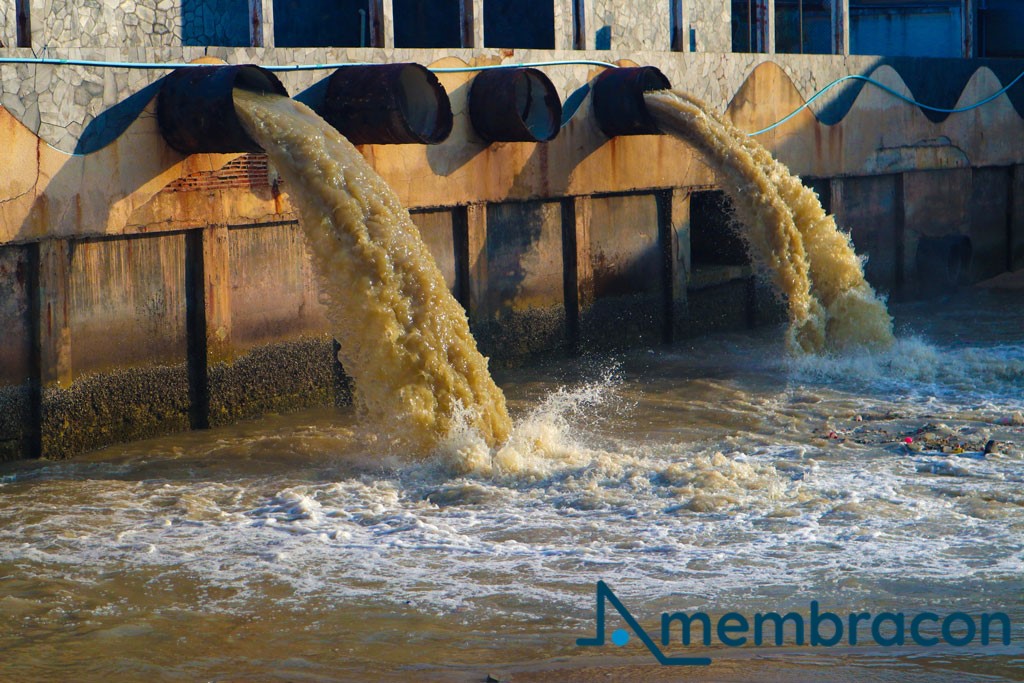Comprehensive Guide to Hazardous Waste Water Treatment Processes
Comprehensive Guide to Hazardous Waste Water Treatment Processes
Blog Article
Strategic Approaches to Improve Waste Water Therapy Efficiency and Lessen Ecological Impact
In the world of drainage therapy, the pursuit for enhanced effectiveness and reduced environmental influence is a perpetual difficulty that requires tactical options. As culture comes to grips with the important to take care of water resources sustainably, a nuanced approach comes to be necessary. The integration of sophisticated treatment modern technologies, energy-efficient procedures, source recovery strategies, improved nutrient elimination techniques, and clever monitoring and control systems stands for a multifaceted framework for dealing with these pressing worries. Nevertheless, what lies at the core of this complicated web of approaches is the possible to revolutionize the means we come close to drainage treatment, not just as a process of disposal, yet as an important opportunity for innovation and ecological stewardship.
Advanced Therapy Technologies
Advanced membrane layer filtration systems have actually transformed innovative wastewater therapy procedures, significantly improving the elimination of pollutants. These innovative systems operate forcibly water via a semi-permeable membrane layer, successfully dividing contaminations from the water stream. The membrane layer's microscopic pores trap contaminants such as microorganisms, infections, and put on hold solids, enabling just detoxified water to pass through. This technology has proven to be highly efficient in getting rid of a wide variety of impurities, consisting of drugs, heavy metals, and natural substances, which are commonly challenging to eliminate through traditional treatment techniques.
Additionally, membrane layer purification systems supply many benefits over traditional therapy methods. Additionally, these systems are highly versatile and can be conveniently incorporated into existing treatment plants or utilized as standalone units for decentralized applications.
Energy-Efficient Processes
The integration of energy-efficient procedures in wastewater therapy systems is important for optimizing resource usage and decreasing operational prices. One crucial approach to enhancing power performance in wastewater therapy is the usage of advanced aeration systems, such as fine bubble diffusers or surface aerators, which can improve oxygen transfer effectiveness and decrease energy consumption.
Additionally, maximizing process control and automation with using sophisticated sensors and keeping an eye on systems can enhance overall energy performance by adjusting operations in real-time based on actual demand and conditions. Applying power audits and frequently keeping track of power performance indications are crucial methods to recognize areas for renovation and track energy-saving efforts efficiently. In general, the fostering of energy-efficient processes in wastewater treatment not just profits the environment but also adds to long-lasting price financial savings and functional sustainability.
Resource Recovery Approaches
With a concentrate on enhancing source use and sustainability in wastewater treatment systems, the application of source recovery approaches becomes an essential aspect in enhancing functional performance. Resource healing methods in wastewater treatment entail the identification and extraction of beneficial sources from the waste stream, therefore turning what was once thought about waste into a beneficial possession. By applying source recovery methods such as nutrient removal and recovery, power generation from raw material, and the manufacturing of recyclable water, wastewater therapy plants can lessen environmental effect while making best use of performance.

Boosted Nutrient Removal Techniques
Implementing sophisticated nutrient elimination techniques is crucial for maximizing the performance of wastewater treatment systems. One of the crucial strategies utilized for improved nutrient removal is the procedure of organic nutrient removal (BNR), which entails the removal of nitrogen and phosphorus with biological procedures.

In enhancement to BNR, advanced treatment techniques such as membrane bioreactors (MBRs) and created marshes can also be used to boost nutrient removal efficiency. By including these advanced nutrient removal strategies right into wastewater treatment systems, towns see this site and sectors can successfully minimize nutrient air pollution and protect the setting.
Smart Surveillance and Control Solution
Using advanced technology, the combination of clever surveillance and control systems transforms the operational efficiency of wastewater therapy facilities. These systems include advanced sensing units and information analytics to continually keep an eye on vital parameters such as pH degrees, turbidity, liquified oxygen, and circulation rates in real-time. By accumulating and evaluating this data, operators can gain valuable understandings into the efficiency of the treatment processes, enabling aggressive changes to maximize therapy efficiency.
Smart monitoring and control systems likewise support remote tracking capacities, enabling drivers to accessibility real-time data and control functions from off-site locations. This remote availability improves functional flexibility and responsiveness, enabling swift interventions in case of system malfunctions or changes in influent top quality. Additionally, the predictive upkeep abilities of these systems help protect against devices failings and reduce downtime, ultimately improving the overall integrity of wastewater therapy procedures (Waste Water Treatment).
Final Thought
In verdict, tactical techniques such as innovative therapy technologies, energy-efficient processes, source recuperation techniques, improved nutrient elimination strategies, and smart monitoring and control systems play an important role in enhancing wastewater therapy performance and reducing ecological impact. By carrying out these methods, wastewater therapy plants can boost their general efficiency, reduce energy usage, recuperate important sources, and make sure compliance with environmental guidelines. These approaches are necessary for sustainable and efficient wastewater administration techniques.

In conclusion, strategic techniques such as advanced therapy technologies, energy-efficient processes, source recovery approaches, improved nutrient removal methods, and wise monitoring and control systems play a critical function in enhancing wastewater therapy effectiveness and lessening ecological influence.
Report this page